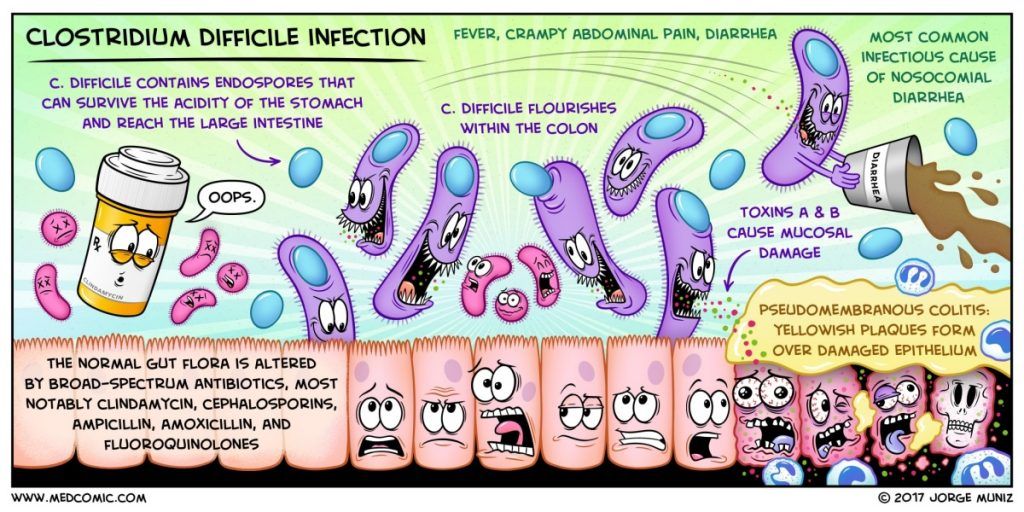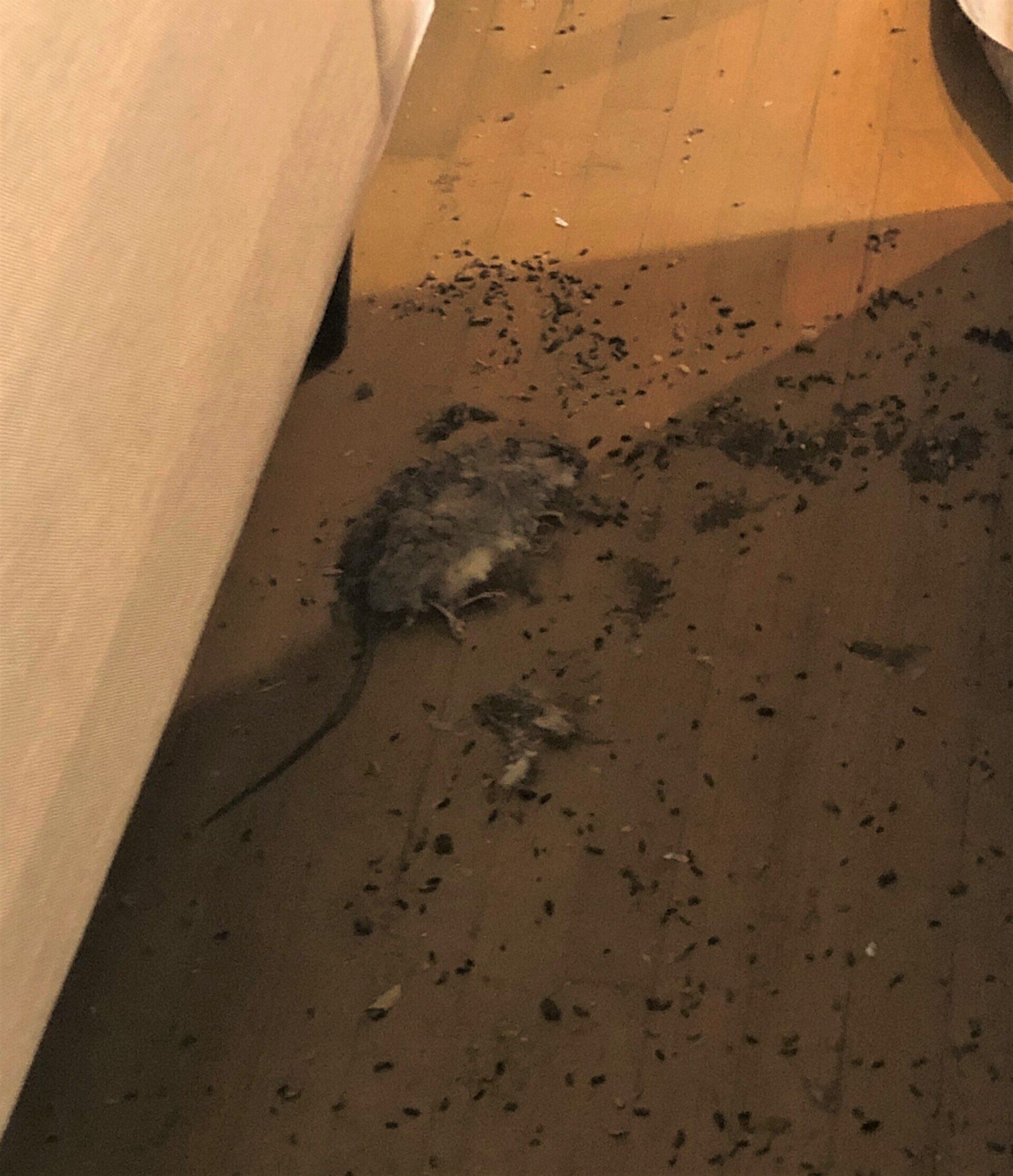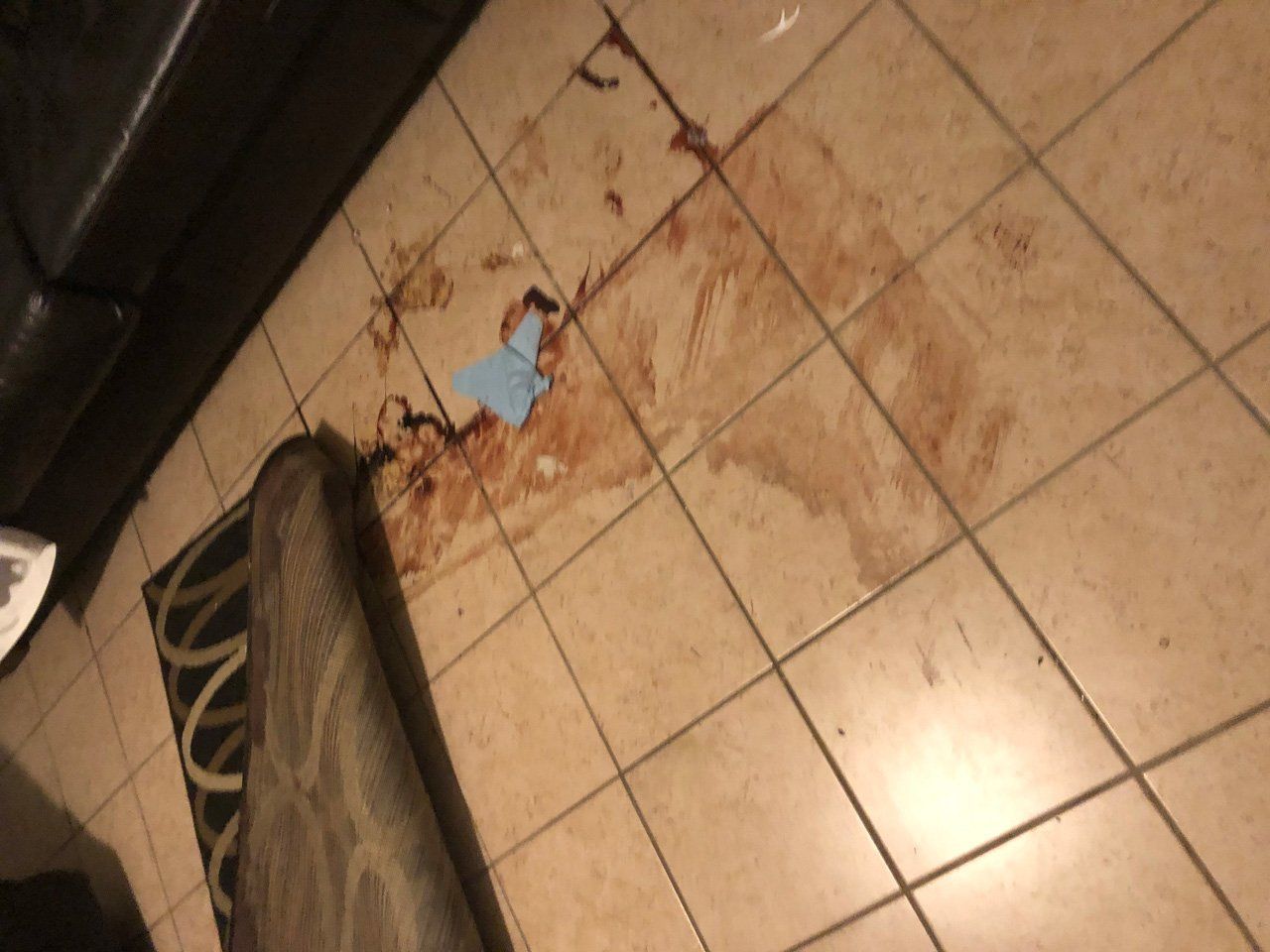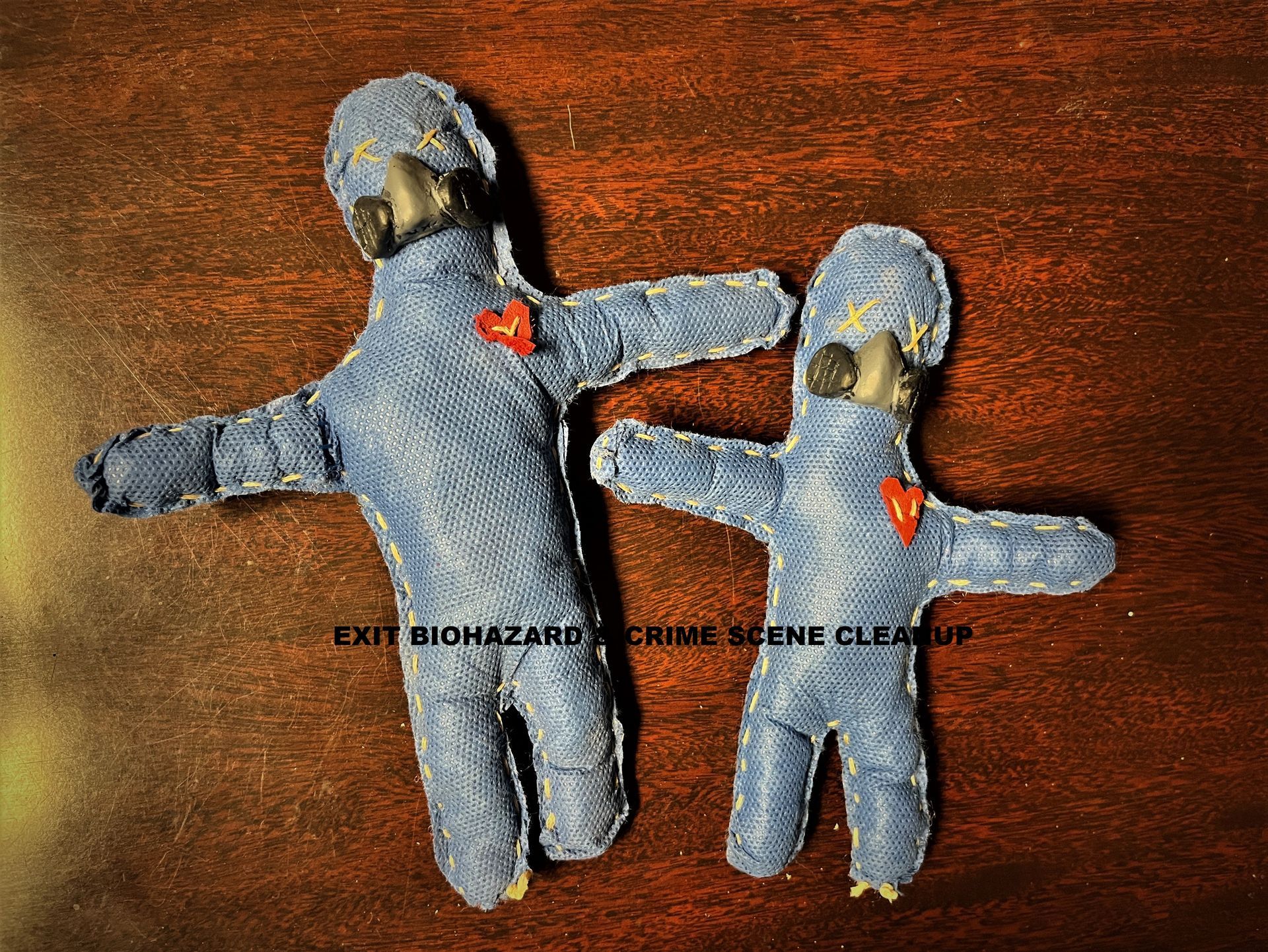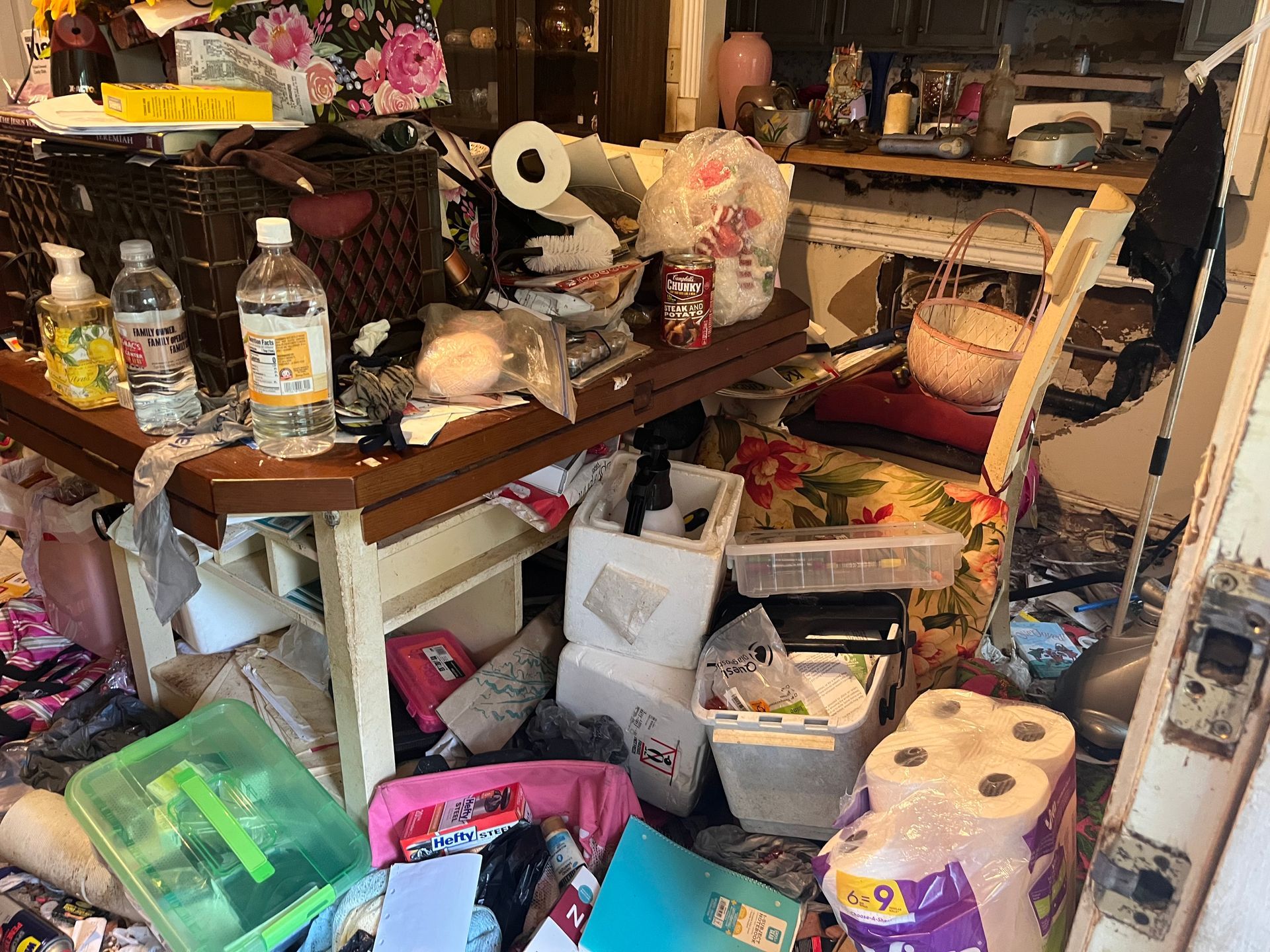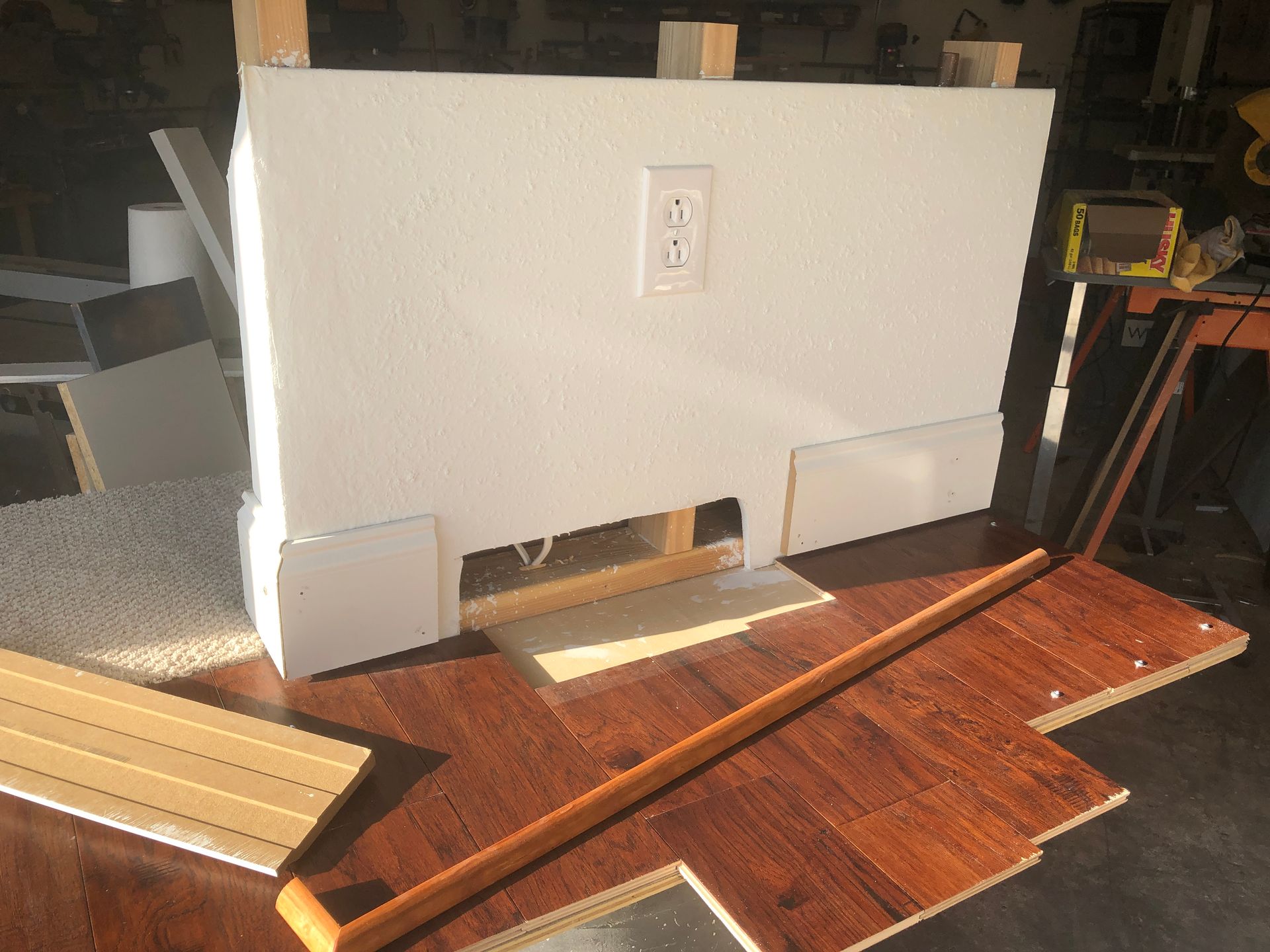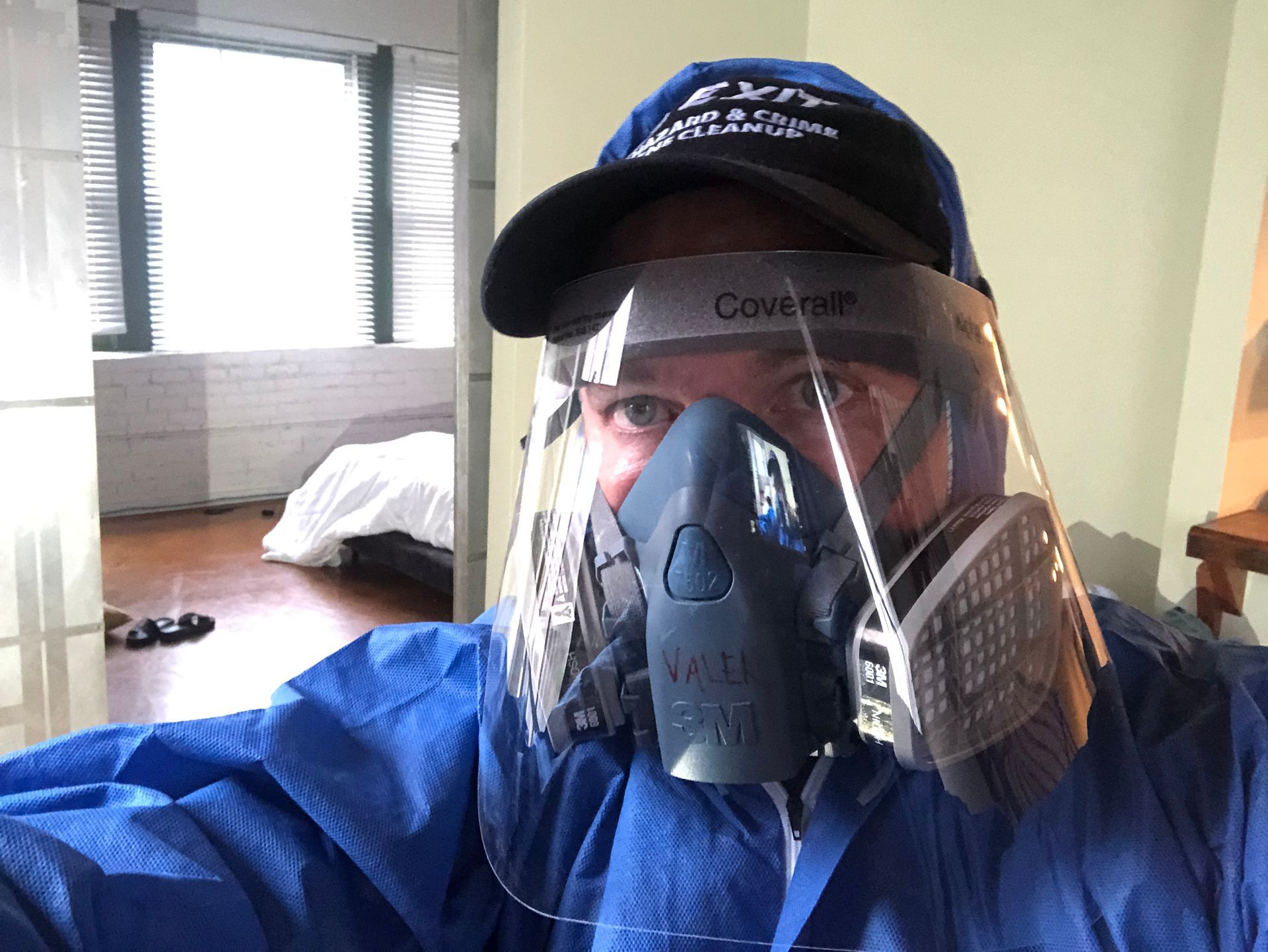Quick tips for Removing Blood from Fabric
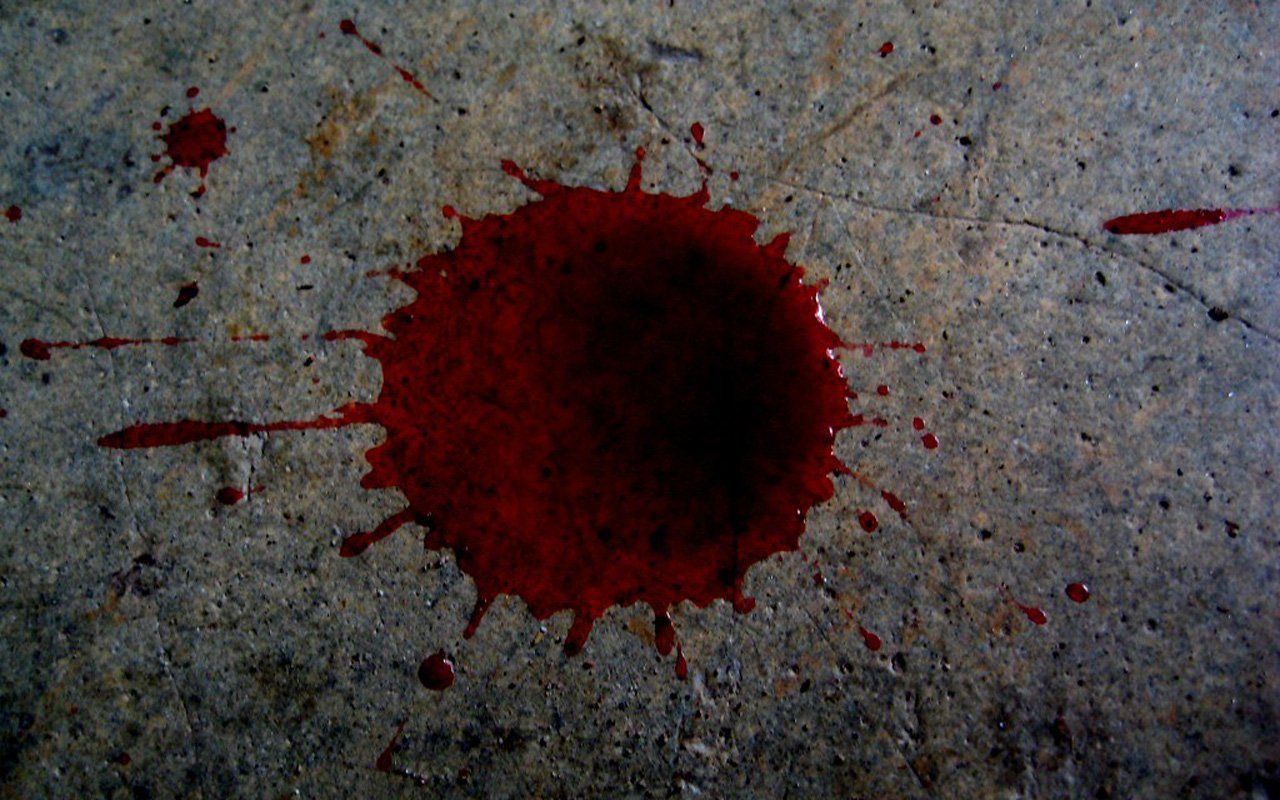
(If you are dealing with an accident, blood spill or death or suicide please call Exit Biohazard Cleanup 24-7)
Don’t you hate when you get a spot of blood on your clothes or sheets from a little home accident? We deal with larger and more complex biohazards and crime scenes at Exit Biohazard Cleanup but we understand. Maybe you had a cut and just have a bit of blood on something important. That can ruin the clothes and trying to remove dried blood from fabric can feel like an impossible task. Here are a few tips on what to do.
Why is Blood So Difficult to Remove?
Blood clots when exposed to air due to the hemoglobin in the blood. Clotting helps heal wounds more quickly and helps prevent excessive blood loss. It’s really a great process but unfortunately, this clotting process that works so well with the human body also tends to bind it to porous materials once it has left the body. This is why it is difficult to remove from fabric and clothing. Always remember, cleaning a fresh blood stain is always preferable to a dried one. A cold-water rinse will often do the trick before the stain sets but you don’t have long. Typically the blood will set before you get a chance to rinse it. If that happens follow these tips which should help remove small amounts of dried blood from fabrics but know that there isn’t a perfect solution for all fabrics.
Not all blood is equal and in our industry its very important to be safe and wear PPE, so, before you begin you will need to consider a few things such as:
Where did this blood come from?
What kind of fabric am I dealing with?
How big is the stain you are dealing with? These questions can determine if this is worth trying to salvage or if you should consider tossing it in the trash.
Where did this blood come from? This is the most serious question on whether you should consider moving further. Blood is considered a
biohazard and if the blood came from a
known source
such as your children or spouse, that’s one thing but if this blood came from an
unknown source you should not take this lightly. Blood can contain
pathogens such as bacteria or
viruses such as hepatitis that can be transferred to someone who touches it so take precautions. If you have more than a few drops of anyone's blood but especially unknown blood you should call Exit Biohazard Cleanup. We deal with this daily, we are professionals.
As far as the fabric material, fabrics containing different kinds of fibers require different stain removal techniques. Some fabrics just can’t be saved easily and others may be easy to clean.
With a small stain, you can try to get it out. A few drops of blood can be manageable but something larger may really pose a challenge and you may have to consider it for the trash.
Tips for Removing Dried Blood from Fabric
Please note: these tips are intended for very small amounts of blood only. 1.
Soak material for an hour in cool water. Soaking blood-stained fabric in cool water can help break up the stain and make it easier to remove.
Wash on a cold setting. Sometimes, soaking blood-stained fabric and then washing it in the washing machine is enough to remove a dried blood stain.
2. Only air
dry the fabric rather than dry it in a dryer so if a stain still remains after washing, the heat from the dryer doesn’t set the stain.
Scrub the stain with soap and water on both sides. This works especially well on sturdy fabrics like cotton and linen.
3. If at first you don’t succeed, try, try again. You may not be able to remove a blood stain on the first try so don’t be afraid to keep trying.
4. Try an
Enzymatic cleaner . If soap and water do not remove the stain, move on to an enzymatic cleaner, which will biodegrade the stain. There are several brands of Enzyme cleaner out there that usually work well on small stains if used correctly.
Large Blood Stains, Don’t Clean them on Your Own
Remember that blood is a biohazard and to clean blood spills properly, you should call a professional blood cleaning service such as
Exit Biohazard and
Crime Scene Cleanup . We are
professionals who can properly clean these scenes to remove all of the biohazardous materials. Blood, like water seems to get into every part of the are its spilled into. Under tiles, under walls and into many places that you simply can’t see.
Blood and other bodily fluids can cause odors if not cleaned and
disinfected properly as well as stay a dangerous biohazard for long periods of time. Call Exit and let us safely clean and decontaminate the are for you.
